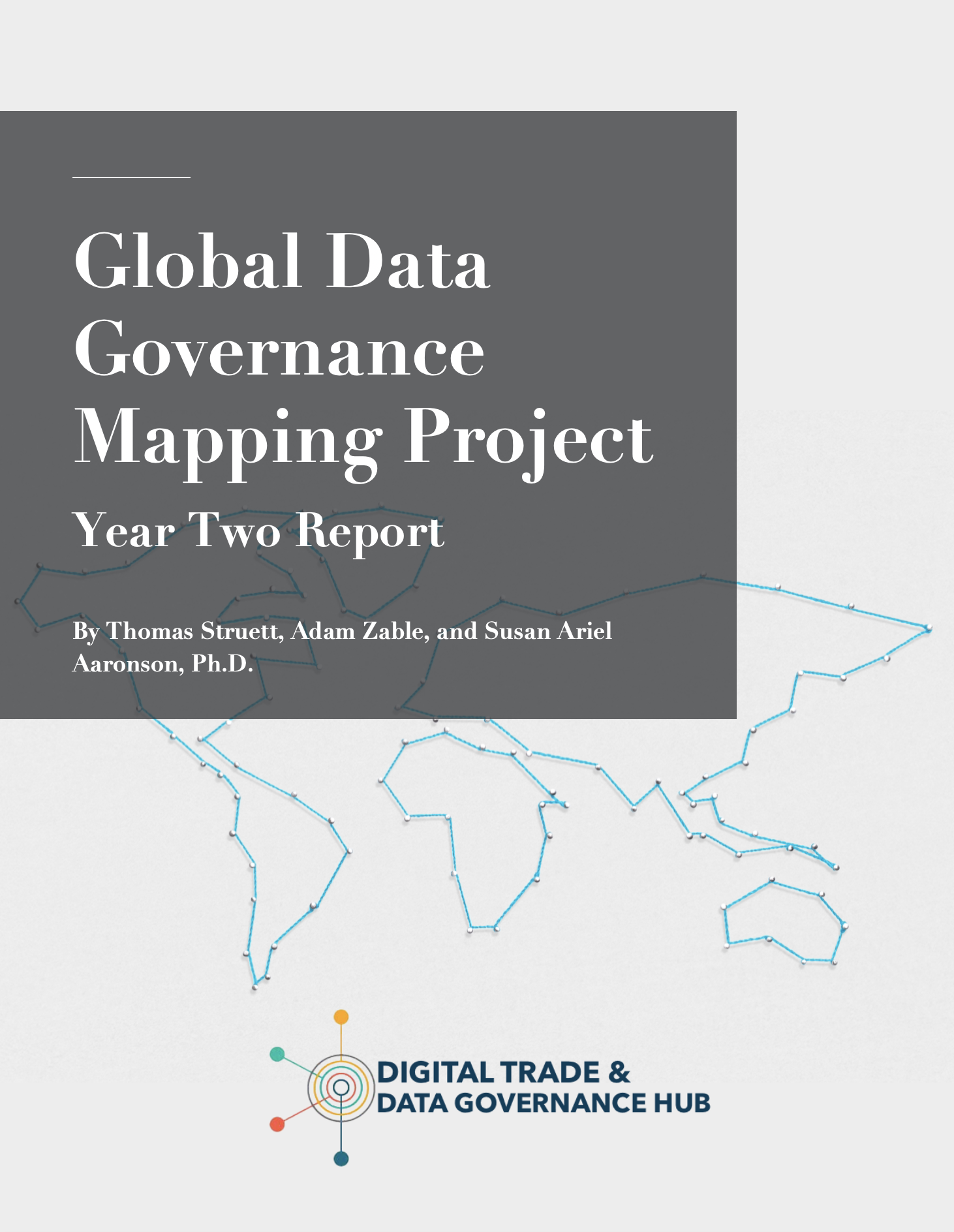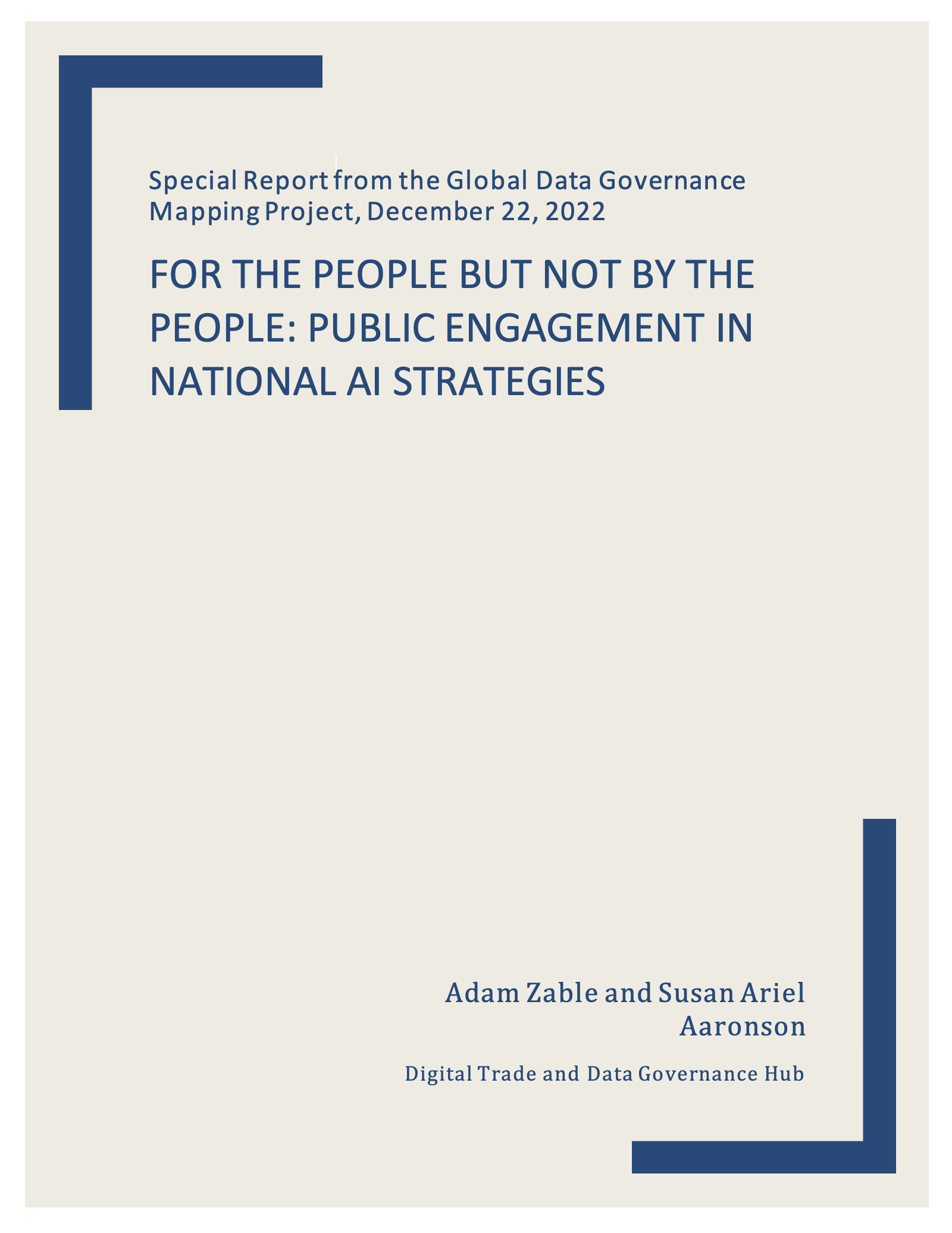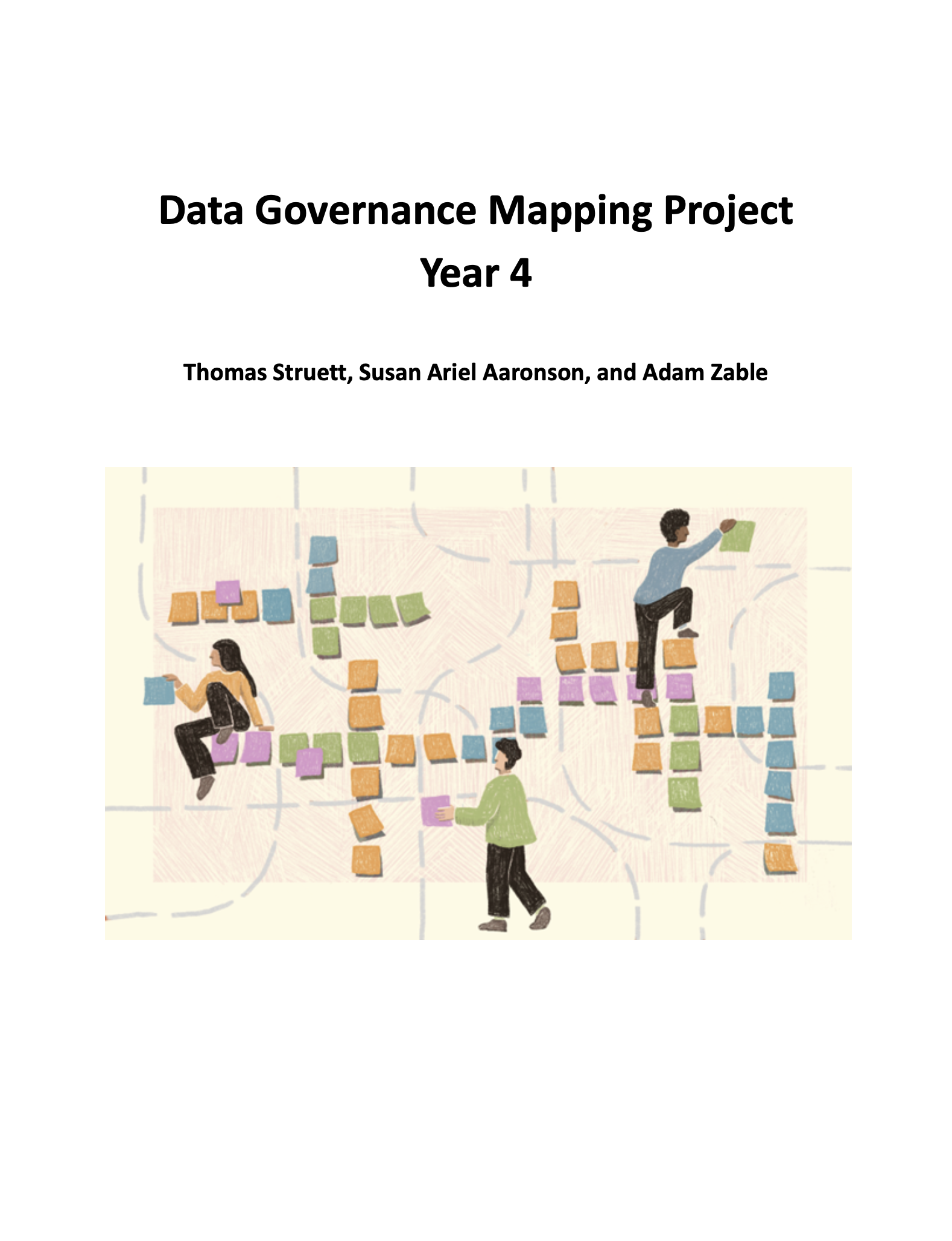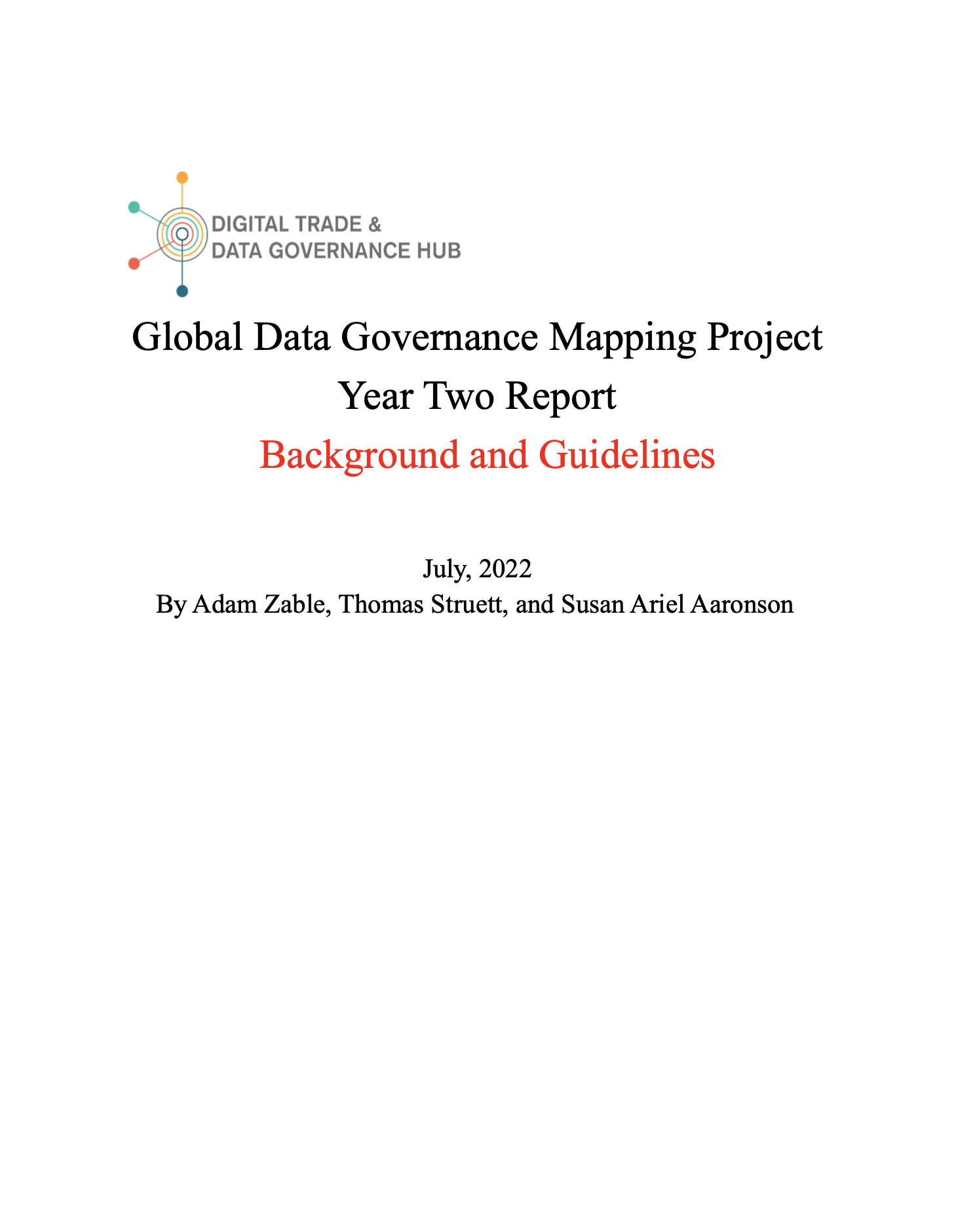Regulatory
The government constructs a legal regime around data’s types and/or uses.
Nations should adapt their legal frameworks in recognition of the risks and potential harms of rapid data-driven change, as well as to attempt to take advantage of the benefits. They should not only delineate how they see data and plan to use it in strategies and visions, but take the next step and translate these ideas into laws and regulations. Here we are interested in binding acts of state, which includes laws but can also include executive orders, directives, decrees, regulations, administrative codes, proclamations, etc., so long as it is mandatory, binding, and enforceable. We are interested in comprehensive, general laws rather than sector-specific. If a law has passed but is not yet in force, we count it.








